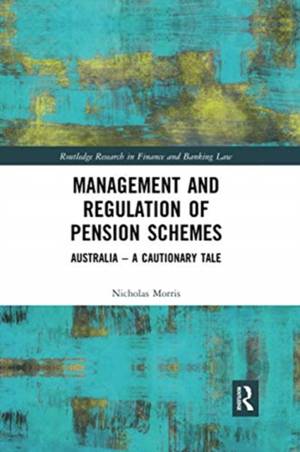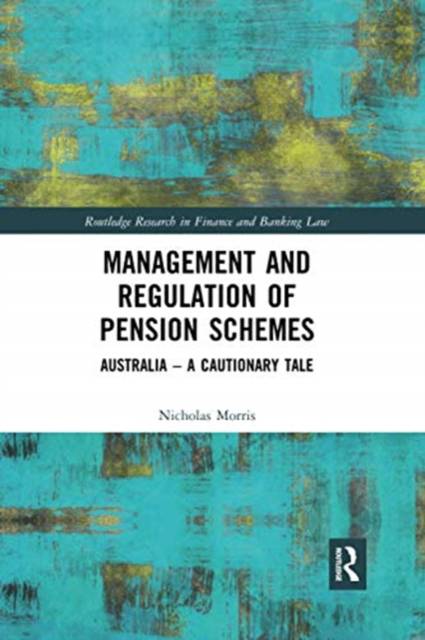
- Afhalen na 1 uur in een winkel met voorraad
- Gratis thuislevering in België vanaf € 30
- Ruim aanbod met 7 miljoen producten
- Afhalen na 1 uur in een winkel met voorraad
- Gratis thuislevering in België vanaf € 30
- Ruim aanbod met 7 miljoen producten
Omschrijving
Perhaps the greatest long-term challenge facing modern economies is how to pay for the living expenses and care costs of the elderly. Following policy decisions made in Australia in the 1990s, a substantial part of the pension requirements of the next cohort of retirees will be met from savings accumulated during working years. The effective management of these savings is crucial. If they are invested wisely, the assets available to fund pensions and care will grow; if not, available funds may turn out to be insufficient. Unfortunately, there is considerable evidence worldwide that the management of funds attracts rent-seeking behaviour by the financial services industry which erodes much of the potential return.
Australia introduced compulsory superannuation contributions for its working population in 1991, leading to a proliferation of funded schemes that are largely run by the private sector. Complexity, and many degrees of separation between fund members and those who manage their funds, have emerged as serious problems. Combined with weak competitive pressures and governance systems, and insufficient legal and regulatory constraints, the result is a system that does not serve its members well.
This book provides a detailed evaluation of the Australian experience, highlights the extent to which the financial services industry has extracted rents from Australian pensioners, and how and why this occurred. Based on original empirical research, and examination of industry reviews and relevant literature, the book demonstrates the numerous principal-agent, conflict of interest and rent extraction problems that have emerged in Australia. The book makes suggestions for how these problems can be addressed in Australia, and also provides lessons for other countries wishing to enact pension reform.
Specificaties
Betrokkenen
- Auteur(s):
- Uitgeverij:
Inhoud
- Aantal bladzijden:
- 220
- Taal:
- Engels
- Reeks:
Eigenschappen
- Productcode (EAN):
- 9780367591830
- Verschijningsdatum:
- 30/06/2020
- Uitvoering:
- Paperback
- Formaat:
- Trade paperback (VS)
- Afmetingen:
- 156 mm x 234 mm
- Gewicht:
- 312 g

Alleen bij Standaard Boekhandel
Beoordelingen
We publiceren alleen reviews die voldoen aan de voorwaarden voor reviews. Bekijk onze voorwaarden voor reviews.











